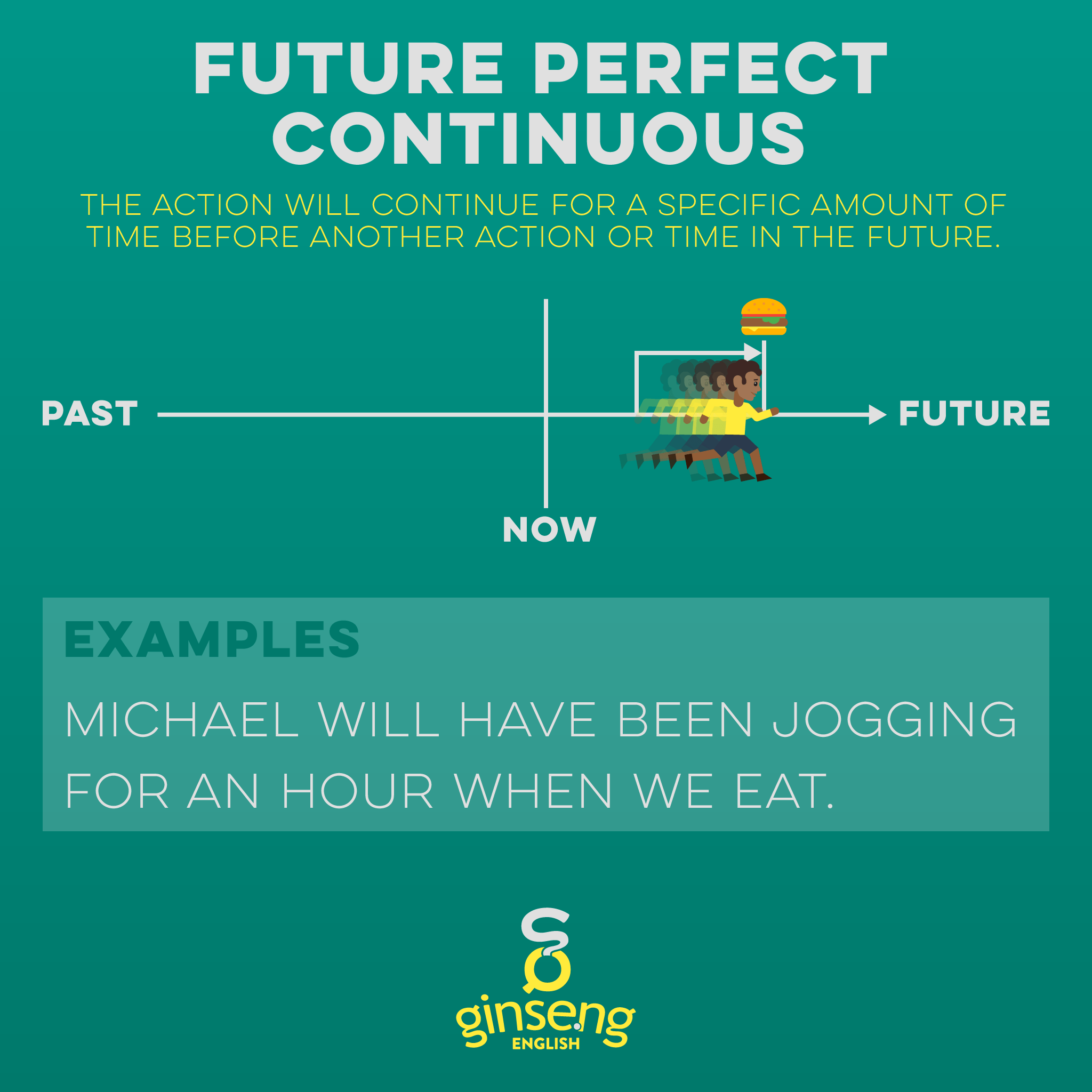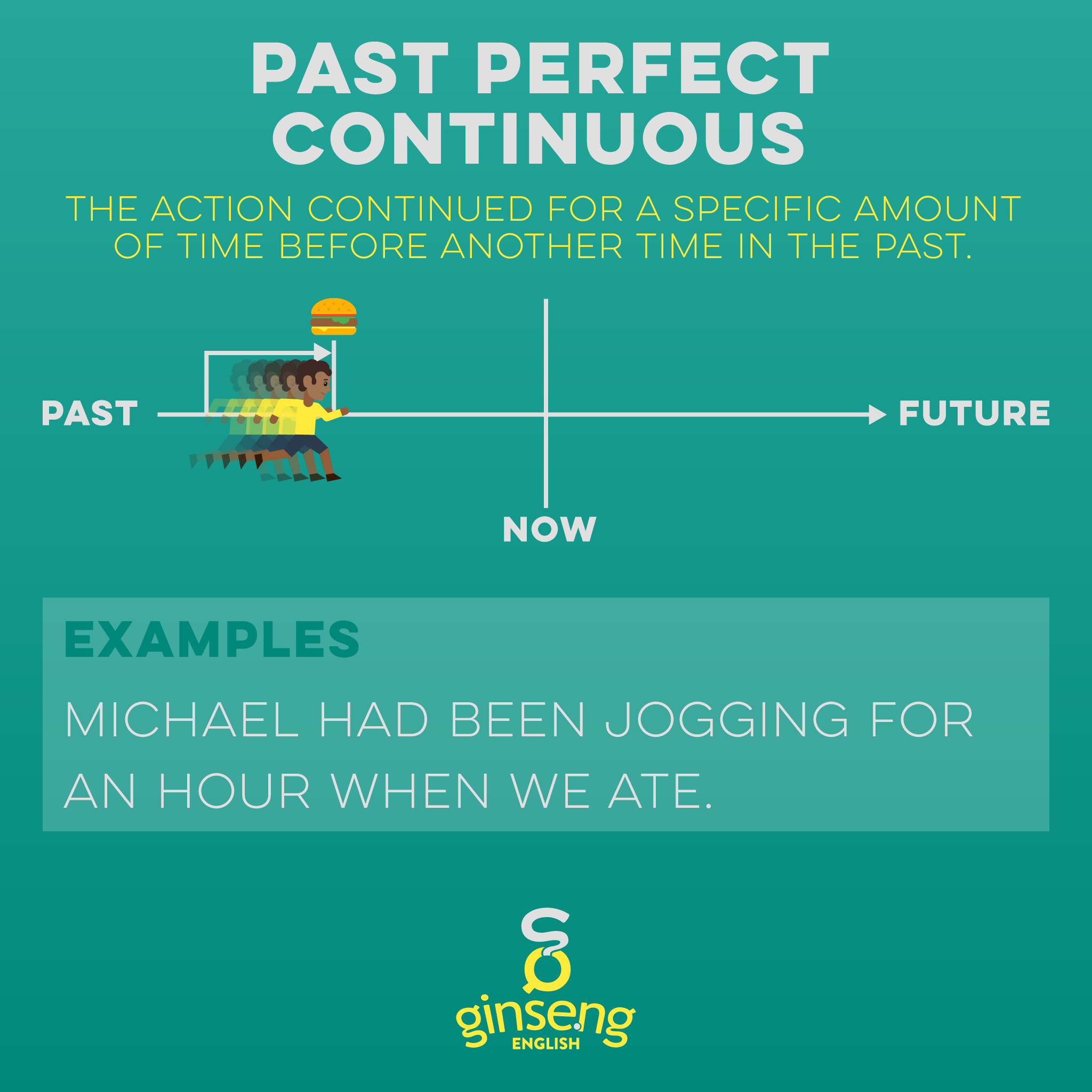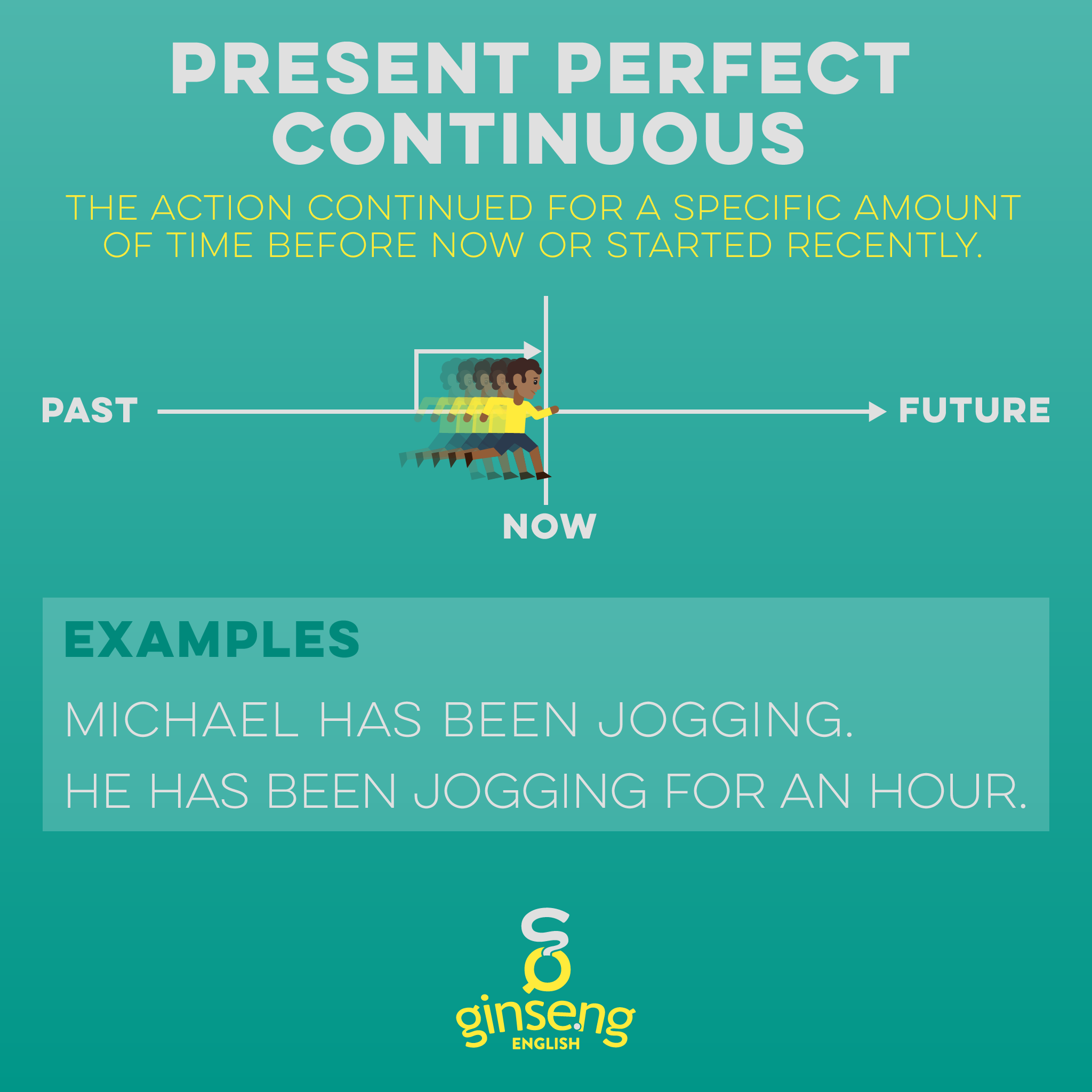One of the most important parts of English grammar is verb tenses, and the simple present tense (also known as present simple or present indefinite) is the most common verb tense in English. Over 50% of verbs in English are in this tense, so it's a really important tense to learn. It is used for several different situations.
Using the Simple Present Tense
The simple present can describe actions that happen regularly. This means things we do again and again, things we do every day, every week, every month. This can be routines and habits, and also things that are currently, always, or generally true.
Simple Present Verb Chart
This form is also used to describe feelings, emotions, and our senses. We can also use it for describing people and things in English.
It is important to note that we do not generally use this tense for actions that are happening right now. For this situation we use the present continuous tense. See this article about the difference between simple present and present continuous/progressive.
The examples below illustrate the rules for how we generally use the simple present.
Examples
Here are twelve example sentences showing different ways that we can use the simple present tense:
To state facts:
The earth moves around the sun.
Birds have wings.
Your mother's mother is your grandmother.
To describe habits and routines:
I wake up at 7:00.
I brush my teeth every day.
I take my vacation every August.
To describe people and things:
She has brown hair.
That car is red.
Sally is tall
To describe feelings and opinions:
She is angry.
We are cold.
I smell cookies.
Sarah loves movies.
Forming The Simple Present Tense
Formula
Regular verbs in English take the base form of the verb (the infinitive without to, sometimes called first verb form).
subject + VERB
The exception is the third person singular (he, she, and it), which add an -s.
subject + VERBs
If the word ends in -ch, -sh, -th, -ss, -o, or -z, you usually have to add -es.
Conjugation
The table below shows the verb to work conjugated in the simple present tense.
| Singular | Plural | |||
|---|---|---|---|---|
| 1st person | I | work. | we | work. |
| 2nd person | you | work. | you | work. |
| 3rd person | he | works. | they | work. |
| she | works. | |||
| it | works. | |||
If you don’t know the words I, he, she, it, we, you, and they, you can read more about pronouns.
Other Forms
Negative Sentences
If the main verb is a form of be, simply put not after the verb to make a negative sentence.
That is not pork.
I’m not Rebecca.
If the main verb is not a form of be, use the helping verb, do (or does), then not, then the base form of the verb.
He does not like cheese.
I do not have a lighter.
She doesn’t live near here.
Questions
Many simple present questions use the verb be. If the verb is a form of be, move the verb to before the subject to form a question:
Are you Rebecca?
Is this pork?
Where are you?
What is that?
If the main verb is not be, we need to use a helping verb to make questions. In the simple present, the helping verb is do (or does with he, she, or it).
Does he like cheese?
Do you have a lighter?
What do you think?
Where does she live?
Passive Voice
To make a passive sentence, use be in the simple present (is/are), and then the perfect form of the main verb.
Pineapples are grown in Hawaii.
Ice cream is made with milk.
The New York Times is read around the country.
Notes
Adverbs of frequency are often used with the simple present tense
check out these other free grammar resources:






